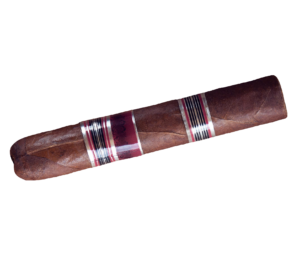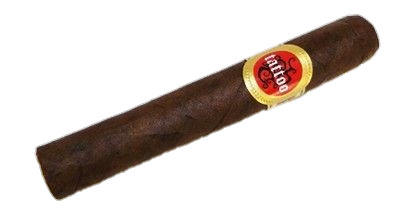





































A cigar is a meticulously crafted and revered tobacco product with a deep-rooted history and an enduring cultural significance. It is a cylindrical bundle of fermented and aged tobacco leaves, carefully rolled into a distinctive shape and typically enveloped in a leaf wrapper. The world of cigars encompasses various flavors, sizes, and shapes, making it a complex and nuanced hobby for enthusiasts.
Cigars consist of three primary components: the filler, the binder, and the wrapper. The filler is a blend of tobacco leaves that provide the cigar’s core flavors and aromas. The binder is an elastic leaf that holds the filler together, ensuring an even burn. The wrapper, often considered the most visually appealing part of the cigar, is a delicate leaf chosen for its color, texture, and aroma. Experienced cigar rollers combine these elements to create a harmonious and flavorful smoking experience.
Cigar tobacco comes from various regions worldwide, each imparting unique characteristics to the final product. Some of the most renowned tobacco-producing regions include Cuba, the Dominican Republic, Nicaragua, Honduras, and Ecuador. The choice of tobacco blend and region plays a crucial role in determining the cigar’s flavor profile, strength, and complexity. For example, Cuban cigars are celebrated for their rich and earthy flavors, while Nicaraguan cigars are known for their robust and spicy notes.
Cigars offer diverse flavor profiles, encompassing notes of earth, wood, leather, spice, chocolate, coffee, and more. These flavors develop as the cigar is smoked, evolving through different stages, from the initial light-up to the final draw. The aging process of the tobacco also contributes to the complexity of the flavors, with well-aged cigars often being highly sought after for their refined taste.
Cigars come in many shapes and sizes, each with names and dimensions. Common shapes include the Robusto (short and stout), the toro (medium length and ring gauge), and the lancers (long and thin). The size and shape of a cigar can significantly influence its smoking experience, affecting factors such as draw resistance, burn rate, and flavor concentration.
Cigar smoking has held a prominent place in various cultures throughout history. It has been associated with leisure, celebration, and socialization. Cigar lounges and clubs provide a space for enthusiasts to gather, converse, and appreciate the art of smoking. Cigars are often linked to moments of achievement and joy, symbolizing success and accomplishment.
Cigar smoking is not a rushed activity but rather a ceremonial and contemplative experience. It encourages individuals to slow down, disconnect from the fast pace of modern life, and savor the moment. Cutting, lighting, and enjoying a cigar is deliberate and unhurried, emphasizing the importance of relaxation and mindfulness.







Leave a Comment